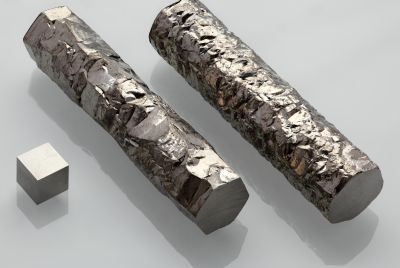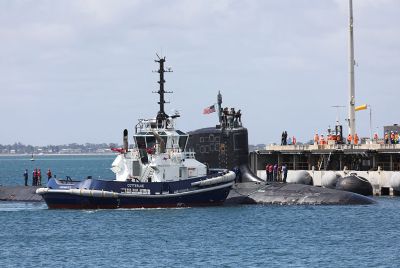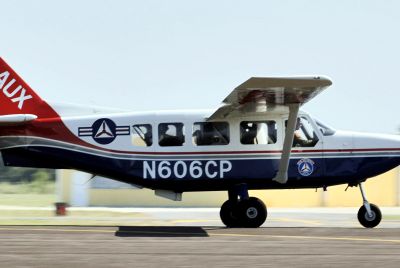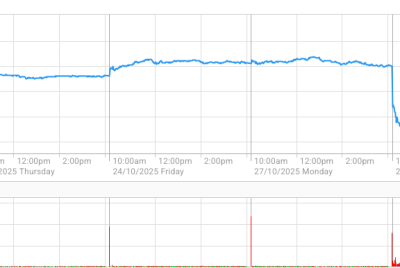Toxic Algae Bloom Triggers Marine Deaths And Health Warnings Along South Australian Coast
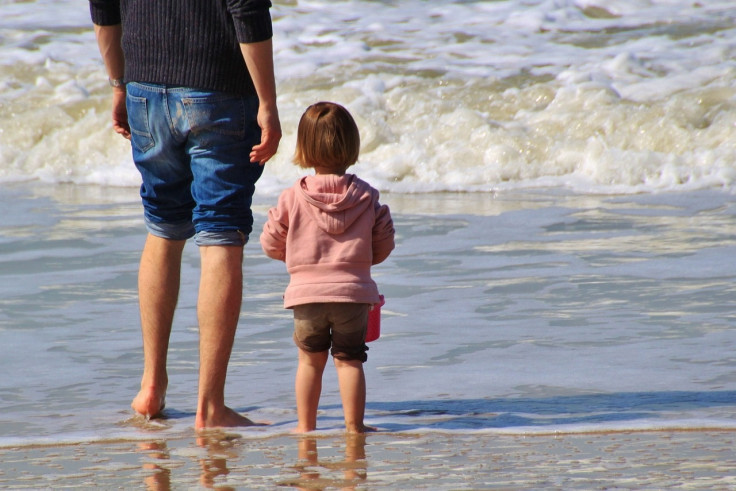
A toxic algae bloom, caused by Karenia mikimotoi, is wreaking havoc along South Australia's coastline, affecting marine ecosystems and posing potential health risks to the public.
The bloom has been detected in several regions, including the Southern Fleurieu Peninsula, Yorke Peninsula, and Kangaroo Island.
Environment Minister Susan Close described the bloom as "roughly the size of Kangaroo Island and up to 20 metres deep." Given that Kangaroo Island spans 4,405 square kilometres, the bloom's vast size is a major concern, according to News.com.
"(The bloom) affects the gills of fish, depriving them of oxygen and causing a harmful toxin," Close said.
The alarm was first raised in March when beachgoers noticed thick foam and dead marine animals washing ashore at Waitpinga and Parsons Beach on the Fleurieu Peninsula.
Experts believe the bloom is being fueled by an ongoing marine heatwave, with sea surface temperatures 2.5°C above average. Calm marine conditions, light winds, and small swells have also contributed to the algae's spread.
While Karenia mikimotoi is not directly toxic to humans, it can cause flu-like symptoms such as skin irritation, sore eyes, and breathing difficulties after exposure. Authorities have urged the public to avoid entering affected waters.
"These symptoms resolve within several hours after leaving the beach and adjacent area," Close said.
According to the Department of Primary Industries and Regions (PIRSA), algae blooms of this magnitude are uncommon in South Australia. The last similar event occurred in Coffin Bay in 2014.
"Similar outbreaks around the world have generally lasted between a week to several months depending on wind, rain and ocean temperature fluctuations," ABC cited a PIRSA spokesperson as saying.
Unusual marine deaths raise alarm
Beyond human health concerns, the bloom has led to significant ecological impacts. Dozens of penguins and other sea life have been found dead, and marine experts are increasingly concerned about the wellbeing of local species.
In a string of unusual incidents, four great white sharks have died recently -- three along the coastlines of Henley Beach, Port Willunga, and Port Moorowie, with a fourth rescued near Ardrossan. A 3-metre great white was found struggling in shallow waters at Henley Beach just days ago.
Marine biologist Mike Bossley, who has been monitoring the situation, noted irregular behavior in marine species, including stingrays, which have been acting more aggressively than usual. However, it remained unclear exactly how the algae bloom was affecting marine animal behavior, he added.
Authorities have not specified when the algae bloom might subside. Close said conditions were expected to improve with the return of seasonal westerly winds and larger ocean swells, which could help disperse the bloom naturally.
© Copyright 2025 IBTimes AU. All rights reserved.




